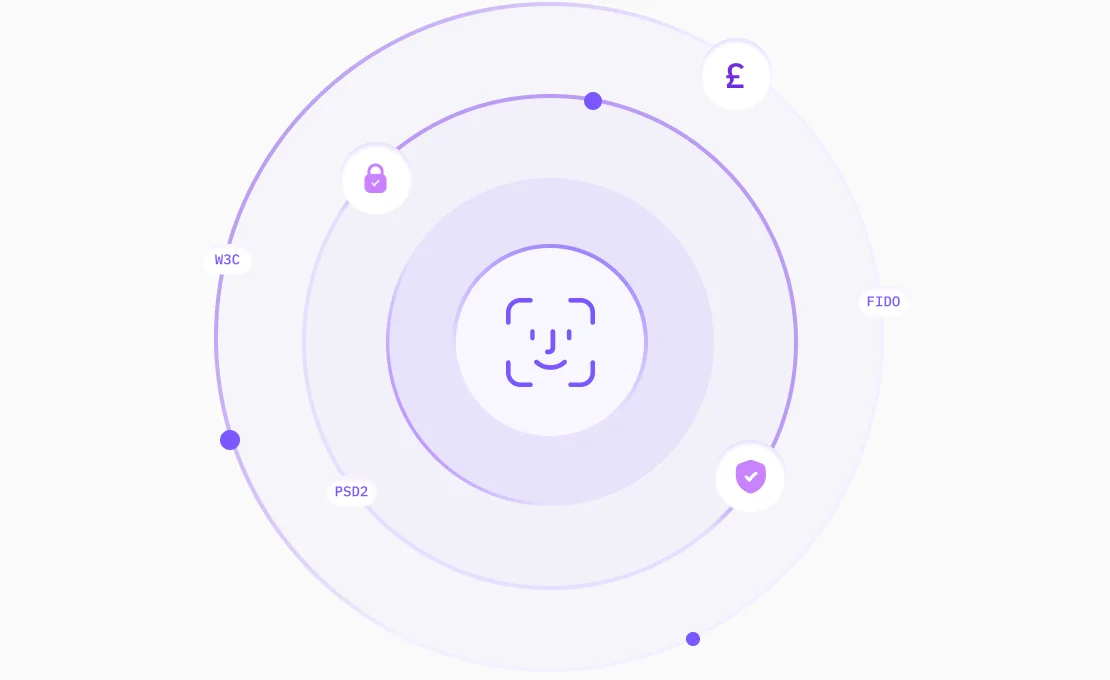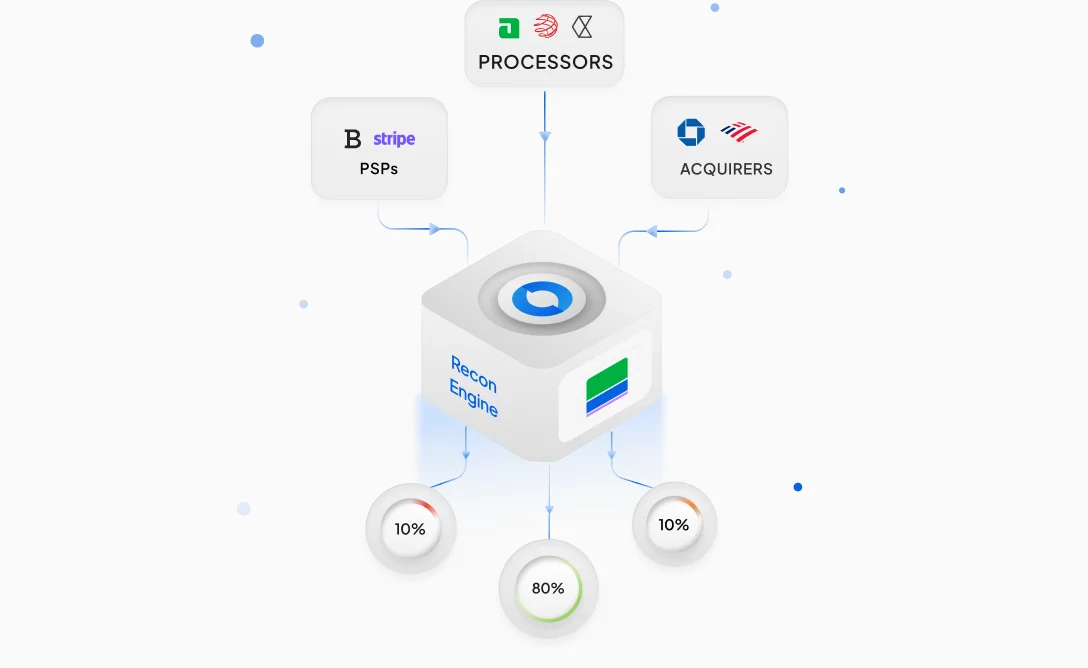Data-driven analytics and strategies have always been integral to business decision-making. However, a particular area of focus has been gaining momentum in this domain, and it has proven to make a significant difference for businesses: Payment Analytics.## How to Use Payment Analytics to Drive Sales?Payment analytics has enabled businesses to unlock their potential for revenue growth and increased efficiency in operations. Integrating payment analytics in data-driven decision-making has also helped businesses optimize their customer experience and drive sales. With this in mind, let’s explore what payment analytics is and how it can benefit your business in driving sales.### What Are Payment Analytics?Payment analytics refers to the process of collecting, analyzing, and interpreting data related to financial transactions. It involves examining various aspects of payment data, such as transaction volumes, payment methods, customer behavior, and trends over time. By leveraging payment analytics, businesses can gain valuable insights into their sales performance, identify patterns, and optimize their payment processes.Modern payment analytics often use technologies like machine learning and artificial intelligence (AI) to provide real-time insights and predictions. These advanced tools help detect fraud, predict customer behavior, and optimize payment methods to enhance efficiency.Using payment analytics enables organizations to discover new insights into the marketplace and customer behavior that can empower businesses to maximize their sales efficiency and streamline payment operations and processes. This can help improve customer experiences, reduce transaction costs, detect potential fraud through behavioral analysis, and predict trends using machine learning. Additionally, payment analytics can support strategic decision-making by highlighting opportunities for growth, enabling companies to refine their marketing efforts, and enhancing overall financial management.## The Significance of Gathering Payment AnalyticsGathering payment analytics is essential for businesses aiming to optimize their financial operations and enhance customer experiences. Every transaction generates valuable data that, when analyzed, can reveal trends, customer preferences, and potential revenue opportunities. By understanding metrics such as the most profitable products, peak transaction times, preferred payment methods, and conversion rates on payment pages, businesses can craft more effective strategies for upselling and cross-selling.Furthermore, payment analytics supports the creation of personalized marketing campaigns, aligning offers with customers’ buying habits to increase sales and conversions. Beyond revenue growth, payment analytics plays a critical role in risk management and fraud prevention. By identifying unusual transaction patterns through anomaly detection and behavioral analysis, businesses can detect and mitigate potential fraudulent activities. This dual benefit of driving legitimate transactions while reducing financial risks makes payment analytics indispensable for informed decision-making and sustainable growth.## Get Insights on Payment DataThe first step in obtaining insights is collecting and interpreting payment data. An effective approach is using analytics tools that help businesses categorize and visualize data. These tools can help track various metrics that can optimize sales strategies, such as key performance indicators (KPIs) on transactions. These can include customer abandonment rates on payment pages, follow-through rates, and more, and they can help you identify patterns and trends exhibited by your customers.With so many insights from payment data, it is critical to identify and focus on some key metrics that align with your sales goals and business objectives. Key metrics can include preferred payment methods, transaction success rates, cart abandonment rates, and more. Moreover, good analytics tools also use various analytics technologies like machine learning to interpret current payment trends and predict future trends. These forecasts can help businesses in inventory management and mitigating customer-centric risks.## Boosting Revenue Through Payment AnalyticsPayment analytics acts as a catalyst for businesses to make more informed decisions when creating sales strategies. With a comprehensive analysis and understanding of payment data, businesses can determine various elements that can influence revenue growth. One example is how well your payment methods are performing. Tracking the success rate of all the payment methods you use, as well as their popularity, can help you gain a nuanced overview of customer preferences. If any of the payment methods have a low success rate or a high abandonment rate, it could help you in optimizing that payment method or consider an alternative to improve sales.PwC predicted that global cashless payment volumes were going to increase by over 80% from 2020 through 2025, from 1 trillion to almost 2 trillion transactions. Many businesses nowadays lose a huge chunk of potential revenue due to failed transactions. With payment analytics, businesses can pinpoint the exact reason for those failures and mitigate risks associated with them. It can be as simple as discovering certain payment gateways that are not performing well in certain regions, where local payment methods are more reliable and efficient. This simple insight can help businesses drive their sales and mitigate the potential revenue loss coming from payment failures.## How Payments Orchestration Improves Payment Analytics?The true potential of payment analytics is unleashed when coupled with a payment orchestration platform. Payment orchestration makes it convenient for businesses to manage payment providers, gateways, third-party vendors, and much more. This helps businesses seamlessly integrate different service providers onto their platforms and centralize data storage and processing in one location. Having a centralized payments orchestration platform makes it easier to track and process data and obtain valuable insights in real time.Juspay HyperSense, an AIOps for payments observability, is designed to ingest unstructured, diversified payment reports from multiple sources and formats, transforming them into a structured, actionable output as analysis and trends. Merchants can analyze cost elements in detail, down to the most granular level-individual transactions.A trusted payments orchestration platform like Juspay enables businesses to gain complex payment analytics broken down into simple insights. This gives businesses a bird’s eye view of all payment-related processes and what needs to be optimized to drive more sales.
Enhancing Revenue with Payment Analytics
























